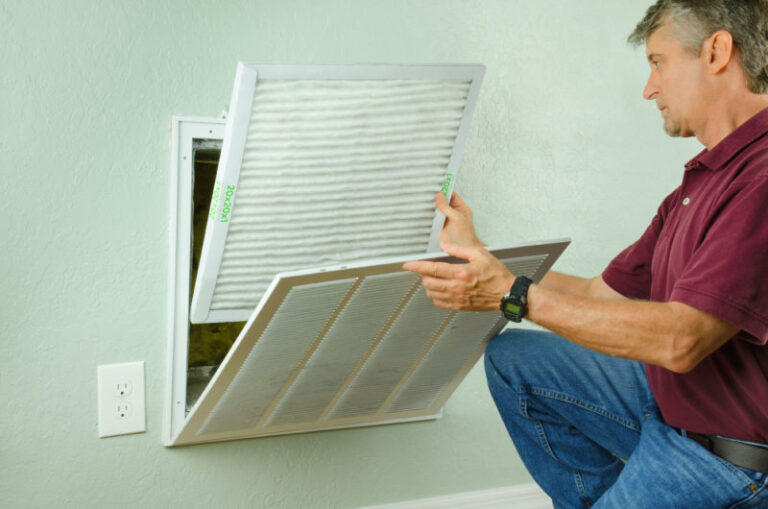When the winter weather arrives, thousands call Calgary furnace repair professionals because of an issue with their systems. The same issues plague heating systems, whether it is an electrical or gas-powered furnace.
By knowing what the most common heating issues are, you will take the right measures to avoid them. Here are common heating system issues and how furnace repair services in Calgary can fix them:
-
Dirty Ductwork
As straightforward as this fix might seem, it is a vital one that we must know about. Debris and dust get into our heating ducts, limiting the amount of hot air we receive.
If we notice that our systems don’t seem to heat the house as they should, our ductwork can benefit from a thorough cleaning session. We may also check the flow of air by placing our hands in front of our vents and feeling the amount of air that comes out.
To prevent future issues, you need a maintenance plan with a professional technician you can trust. An expert will clean out the ductwork to keep the heat up and running.
-
Malfunctioning Thermostats
If our furnaces aren’t working to our expectations and there are no signs of normal suspects, like broken hoses, thermostats can be the problem. But this doesn’t have to worry you because thermostat issues are often easier and cheaper to fix than problems with the heating system itself.
Often, aging/faulty wiring or dust accumulation results in thermostat malfunctions. That makes it difficult for thermostats to interact with our heating systems, interfering with the temperature regulation in our homes. While these issues may also arise because of the furnace, you need to first look at your thermostat if the unit:
- Generates less than usual
- Stops producing heat
- Cycles more regularly than necessary
- Generates erratic amounts of heat
-
Dirty Filters
Our furnace filters trap all airborne contaminants. However, dirty or clogged filters limit airflow, making our furnaces work even harder than they normally circulate.
In some situations, it may damage the limit switch that controls the fan. To solve this problem, call an expert to help you clean the filters or replace them when necessary.
-
Furnace Turning Off
If our furnaces keep turning off, we must start by looking at the thermostat. During winter, most Calgary homeowners set a low temperature for a complete cycle, which can be one reason our furnaces keep turning off.
Our next step is to check the air filters. We need to ensure they are clear enough and replace overfull or dirty filters.
-
Ignition & Starting Issues
Starting and ignition issues, usually identified as one of the most common problems, play an important role in heating system malfunctions by affecting the unit’s ability to produce heat.
Whether a faulty ignitor or malfunctioning ignition system disrupts the combustion spark, these problems may leave our furnaces unable to generate the heat our home requires. Starting issues and attention to ignition are crucial for maintaining the reliable and consistent operations of our furnaces.
The bottom line is that it is crucial to identify furnace issues early so that we can fix them. Attempting DIY repairs can be cost-effective and satisfying, but ensuring you have the expertise to fix the problem is important. If you do not have the expertise, call an expert to repair the problem.


